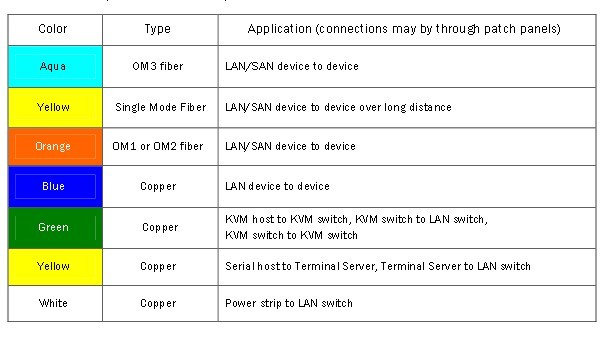The MPO (multi-fibre push-on) cabling system is an easy-to-use solution based on a high density connector and ribbon-fiber cables with 12 cores. These plug and play solutions use micro core cable to maximize bend radius and minimize cable weight and size. Available in 12 core configuration, MPO assemblies are designed for high density application which offers excellent benefits in terms on-site installation time and space saving. These plug and play solutions use micro core cable to maximize bend radius and minimize cable weight and size.
MPO Assemblies
MPO Connector
MPO connectors contact usually 12 fibers in a single connection. A connection must be stable and its ends correctly aligned. These aspects are essential for achieving the required transmission parameters.
Therefore MPO connectors are available in a male version (with pins) or a female version (without pins). The pins ensure that the fronts of the connectors are exactly aligned on contact and that the end-faces of the fibers are not offset.
MPO Cable
MPO cable requires greater care in planning in advance, but it has a number of advantages: short installation times, tested and guaranteed quality and great reliability.
MPO Trunk Cable
MPO trunk cable serves as a permanent link connecting the MPO modules to each other. Trunk cables are available with 12 fibers. Their ends are terminated with 12-fiber MPO connectors female version (without pins).
Fan-Out Cable
Fan-Out cables are used for the connection of a MPO cable to standard-density connectors, usually to 12 LC connectors.
MPO Adapters
Adapters are used to connect two MPO connectors. They enforce that both keys are up. So the two connectors are connected while in the same position in relation to each other.
The key point of each installation is to ensure the correct wiring from transceiver to receiver. In case of using a set of cassettes, trunk cables and duplex patch cords – you need to follow a certain guideline for the polarity method of the trunk cables. The case described in the graphic is a method according to the polarity, means the duplex fibre optic jumper cables must be CROSS connected on one side and STRAIGHT connected on the second side.
Connection rules
a) When creating an MPO connection, always use one male connector and one female connector plus one MPO adapter.
b) Never connect a male to a male or a female to a female.
With a female-to-female connection, the fiber cores of the two connectors will not be at the exact same height because the guide pins are missing. That will lead to losses in performance.
A male-to-male connection has even more disastrous results. There the guide pins hit against guide pins so no contact is established. This can also damage the connectors.
c) Never dismantle an MPO connector.
The pins are difficult to detach from an MPO connector and the fibers might break in the process.
MPO fiber are available in lengths of 5, 10, 20, 50, 100 meters, custom lengths are available on request. MPO trunk cables are available in single mode, multimode OM1, OM2, OM3 or OM4 with LSZH or PVC Jackets.

